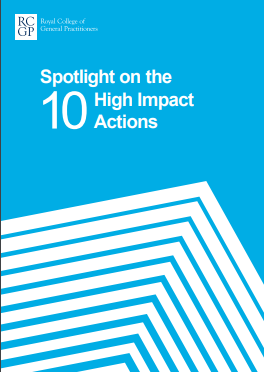Study finds assistive technologies can improve safety for people with Dementia through reducing falls risk, accidents and other risky behaviour | Aging & Mental Health

Objectives: Assistive technology (AT) may enable people with dementia to live safely at home for longer, preventing care home admission. This systematic review assesses the effectiveness of AT in improving the safety of people with dementia living in the domestic setting, by searching for randomised controlled trials, non-randomised controlled trials and controlled before-after studies which compared safety AT with treatment as usual. Measures of safety include care home admission; risky behaviours, accidents and falls at home; and numbers of deaths. The review updates the safety aspect of Fleming and Sum’s 2014 systematic review.
Method: Seven bibliographic databases, the Social Care Institute for Excellence website and the Alzheimer’s Society website were searched for published and unpublished literature between 2011–2016. Search terms related to AT, dementia and older people. Common outcomes were meta-analysed.
Results: Three randomised controlled trials were identified, including 245 people with dementia. No significant differences were found between intervention and control groups in care home admission (risk ratio 0.85 95% CI [0.37, 1.97]; Z = 0.37; p = 0.71). The probability of a fall occurring was 50% lower in the intervention group (risk ratio 0.50 95% CI [0.32, 0.78]; Z = 3.03; p = 0.002). One included study found that a home safety package containing AT significantly reduced risky behaviour and accidents (F(45) = 4.504, p < 0.001). Limitations include the few studies found and the inclusion of studies in English only.
Conclusion: AT’s effectiveness in decreasing care home admission is inconclusive. However, the AT items and packages tested improved safety through reducing falls risk, accidents and other risky behaviour.
Full reference: Lucy Brims & Kathryn Oliver | Effectiveness of assistive technology in improving the safety of people with dementia: a systematic review and meta-analysis | Aging & Mental Health | published online: 10 April 2018
See also: Assistive technology and dementia | Alzheimer’s Society










